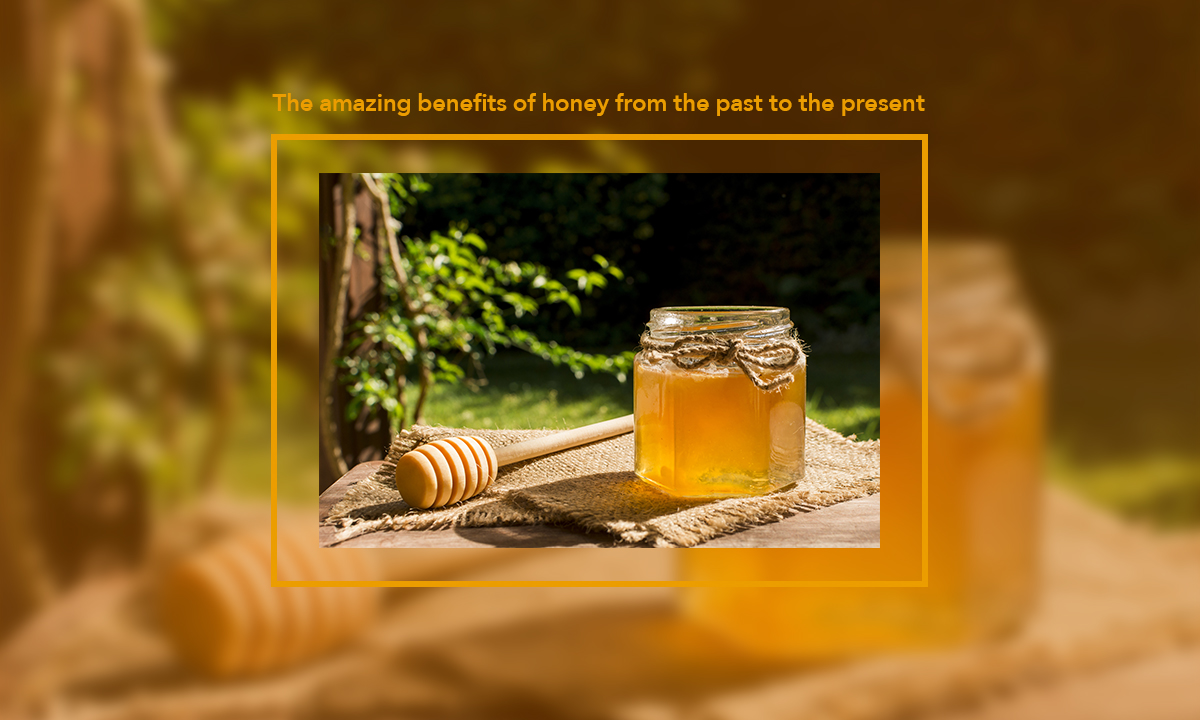HONEY
The story of honey is older than history itself. An 8,000-year-old cave painting in Spain depicts honey harvesting, and we know it’s been used for food, medicine and more by cultures all over the world since.
But honey isn’t about humans. It’s the natural product made from bees—one of our planet’s most important animals. Honey bees visit millions of blossoms in their lifetimes, making pollination of plants possible and collecting nectar to bring back to the hive.
Lucky for us, bees make more honey than their colony needs, and beekeepers remove the excess and bottle it. Just like they’ve been doing since the beginning of time.

HONEY BENEFITS
Nutrition
It’s not just versatile, varied and delicious. Research has shown that honey contains a wide array of vitamins, minerals, amino acids and antioxidants3. Flavonoids and phenolic acids, which act as antioxidants, are found in honey. The amount and type of these compounds depends largely on the floral source.
A 2013 review of the Iranian Journal of Basic Medical Sciences on honey and its effect on blood sugar levels indicated that there is a discrepancy between the results of these studies on this benefit; Where studies based on the observation showed that honey stimulates the secretion of the hormone insulin, and lowers glucose levels in the blood, but some studies indicated that consumption of large amounts of honey daily by people with type 2 diabetes increases the cumulative level of blood sugar or a test Diabetic hemoglobin; It is used to measure the level of blood sugar levels. It should be noted that people with diabetes are advised to avoid consuming royal honey, which is a product of honey; As it interferes with the nitrates they consume.
Healing wounds and burns

A review published in The Cochrane Library indicated that honey might be able to help heal burns. The lead author of the study said that “topical honey is cheaper than other interventions, notably oral,antibiotics which are often used and may have other deleterious side effects.”
However, there is a lack of evidence to fully support this claim. In fact, a study published in The Lancet Infectious Diseases concluded that applying medical-grade honey to the wounds of patients has no advantage over normal antibiotics among patients undergoing dialysis.
Honey should never be given to young infants as it can cause botulism, a rare but severe type of food poisoning.
Fighting infections
In 2010, scientists from the Academic Medical Center at the University of Amsterdam reported in FASEB Journal that honey’s ability to kill bacteria lies in a protein called defensin-1.
A more recent study in the European Journal of Clinical Microbiology & Infectious Diseases showed that a certain type of honey, called Manuka honey, can help prevent the bacteria Clostridium difficile from settling in the body. C. difficile is known for causing severe diarrhea and sickness.
Antioxidants
High-quality honey contains a number of important antioxidants, including flavonoids, organic acids, and phenolic compounds. Buckwheat honey, in particular, has been shown to increase the antioxidant activity in your blood. Antioxidants have been linked to reduced risk of certain types of cancer, heart disease, and stroke.
It’s Delicious, But Still High in Calories and Sugar
Honey is a delicious, healthier alternative to sugar.Make sure to choose a high-quality brand, because some lower-quality ones may be mixed with syrup.
Keep in mind that honey should only be consumed in moderation, as it is still high in calories and sugar.

To see the honey filling machine from cubii company, it is suitable for packing a lot of different viscosity products with very high filling accuracy. Click on the following link




